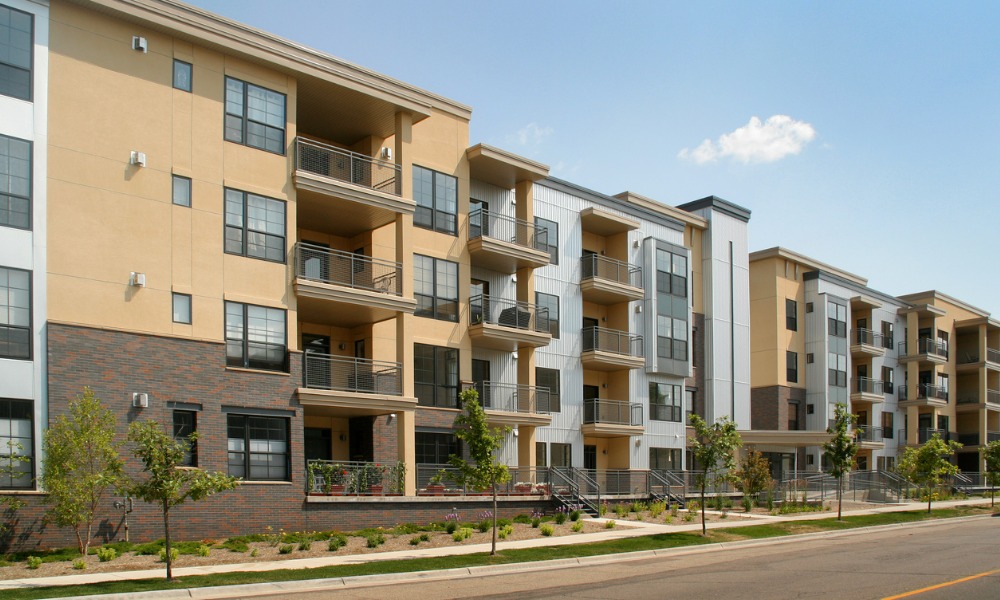Record apartment construction offsets declines in Canada's largest cities, keeping 2023 starts stable

In 2023, Canada's largest cities witnessed a notable surge in apartment construction, particularly in Toronto, Vancouver, and Calgary, which significantly compensated for the declines seen in single-detached and semi-detached homes.
This trend has resulted in the overall level of new home construction in Canada's six largest census metropolitan areas (CMAs) remaining unchanged from the previous year.
The latest Housing Supply Report (HSR) by Canada Mortgage and Housing Corporation (CMHC) underscores these trends. It highlights record apartment construction levels, covering both purpose-built rentals and condominiums in Toronto, Vancouver, Calgary, and Ottawa.
However, Montréal experienced an eight-year low in this sector.
The increased proportion of purpose-built rental units in 2023 compared to historical averages underscores an unprecedented demand for rental housing. This surge is attributed to robust pre-sale activities for condominium apartments and favorable borrowing rates secured prior to 2023.
Despite this growth, the HSR points out several supply-side challenges, such as high construction and financing costs, complex development processes for larger projects, and labor shortages. These factors have extended construction timelines for all types of dwellings beyond historical averages in 2023.
The Housing Supply Report also provides detailed statistics on housing starts by dwelling type in 2023, showing the percentage change from 2022 for Canada's select CMAs. Notably, apartment constructions have seen significant increases, particularly in Vancouver with a 43.0 percent increase and a 27.9 percent overall rise in new housing units.
Conversely, cities like Montréal faced a sharp decrease in apartment constructions, contributing to a 36.9 percent overall reduction in new housing starts.
Aled ab Iorwerth, deputy chief economist for the CMHC, remarked on the situation, stating, “There were a large number of housing starts in 2023, particularly in the rental segment, which is good progress, but not enough to improve affordability.”
He expressed concerns over the sustainability of these high levels of apartment construction into 2024, highlighting the potential impact of rising financing costs on the commencement of large multi-family projects.
The report also sheds light on various federal initiatives aimed at bolstering housing construction. The Apartment Construction Loan Program (ACLP), a pivotal component of the National Housing Strategy (NHS), offers low-cost loans to developers of eligible purpose-built rental projects.
With an additional $15bn in new loan funding announced for 2025–2026, the program aims to support the construction of 101,000 new rental homes by 2031-32. Additionally, recent reforms to the ACLP are set to facilitate more housing options for university students, both on and off-campus.
Moreover, the introduction of the MLI Select, a multi-unit mortgage loan insurance product, and the commitment to remove the Goods and Services Tax (GST) on new qualifying rental housing construction are steps towards addressing the housing affordability crisis.



